Want to know Iloilo better? Check out these architectural churches in Iloilo and their significance in local history and culture.
Iloilo is a land rich in history. Any tourist would notice this immediately as they step foot in the city or even the farthest town in the province. Dialects and tones may vary as you move from the city to the municipalities. But the influence of history on the local culture is consistent. Almost every town center follows a master plan with an open field, a multipurpose gym, the government center, and the town church. This set-up is reminiscent of towns during the Spanish colonial era, which left an imprint on the entire province, especially on its churches.
Iloilo is a fast progressing province, but its ties to its history remain strong. In fact, it is preserved in the arches, bricks, and turrets of its many architectural churches. These structures serve as the gateway for Ilonggos to get a glimpse of their colorful past that defines their present vibrant culture.
What are the most eye-catching architectural churches in Iloilo?
From the city center and out to the towns, here are the architectural churches in Iloilo that are worth dropping by.
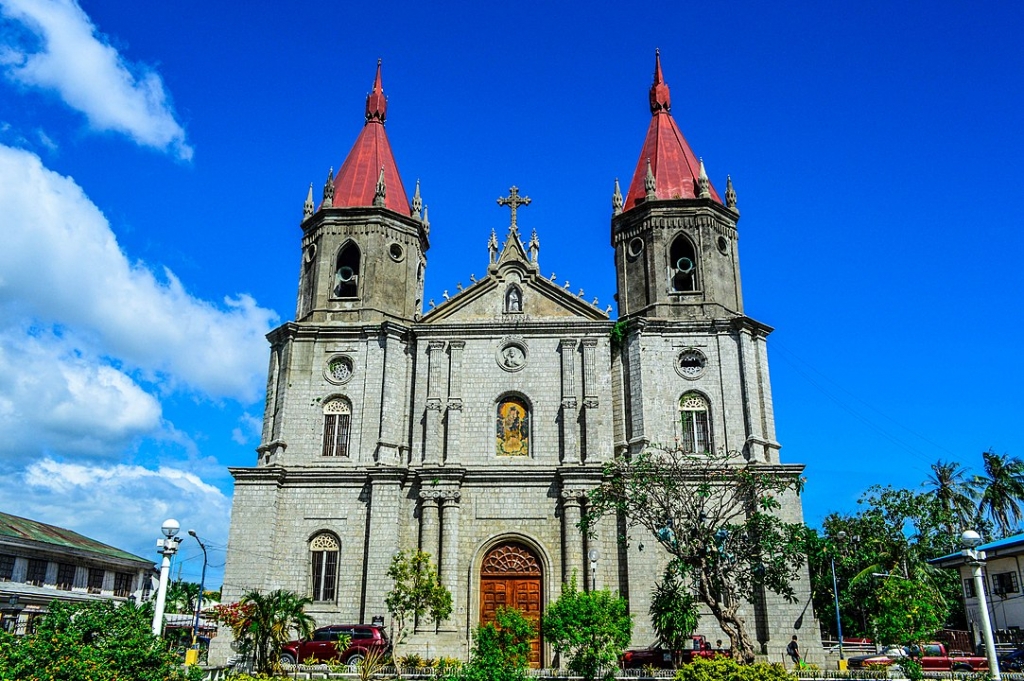
Molo Church
The Molo Church or the St. Anne Parish Church is most known around Iloilo for its tall, red spires over the trees and buildings. In fact, they are tall enough that you can see them while walking along the Esplanade.
But beneath its famous spires, this mix of gothic and Romanesque structure cradles more interesting stories. The church is also known as the ‘feminist church’ because of its all-women saints, which also serve as the structure’s pillars.
The church stands like a surviving record of Iloilo’s history. Built in 1831, the structure is an artifact made of coral rocks, the usual material for churches during the Spanish colonial period. On its facade, Molo Church carries bullet marks and damages from the Second World War. But despite the many years of wars, earthquakes, and fires, the church stands sturdy as the Roman Catholic faith in Iloilo. Appropriately, the church earned its title as a national landmark from the National Historical Commission of the Philippines (NHCP) in 1992.
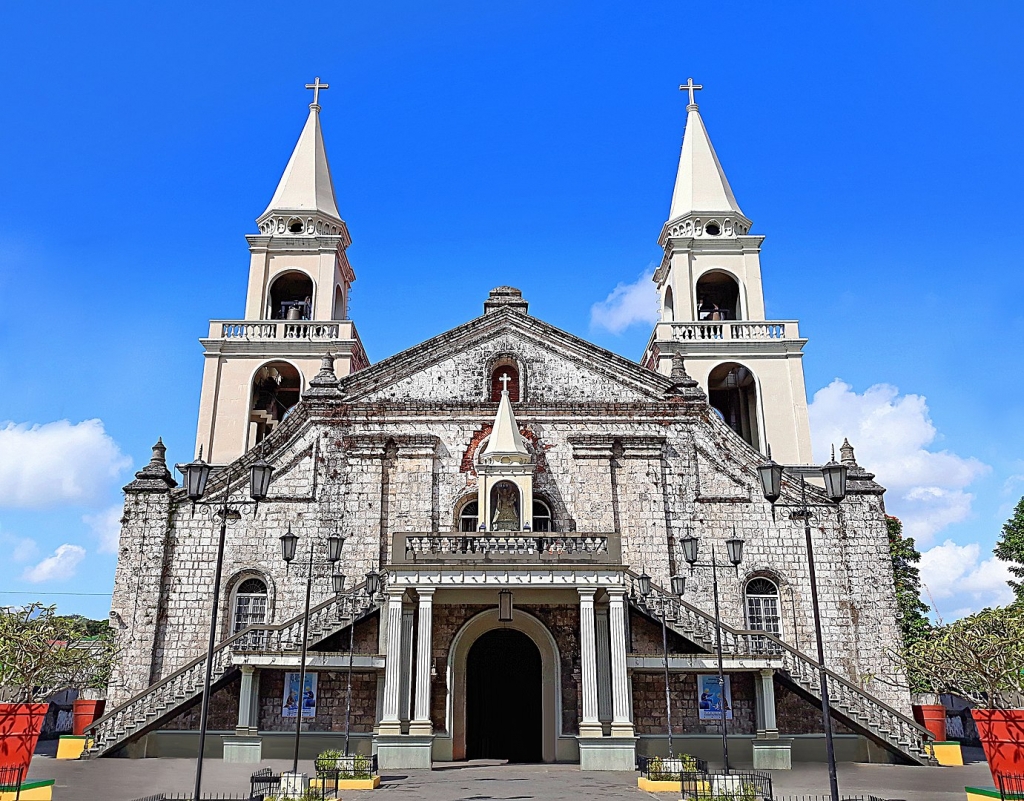
Jaro Metropolitan Cathedral
The Jaro Metropolitan Cathedral is an iconic structure in Iloilo City and the cradle of the Ilonggo faith. Architecturally, this church carries the Romanesque Revival design. This is evident from its entryways and arched windows up to its square towers. And if the Molo Church is the feminist church, the Jaro Cathedral, on the other hand, features a line of all-male saints within its halls.
But this is not what the Jaro Cathedral has always looked like. The original structure built by Mariano Cuartero, the first Bishop of Jaro, was destroyed by an earthquake. Later in 1956, the first Archbishop of Jaro, Jose Maria Cuenco, restored the church. And a little over two decades after its restoration, St. Pope John Paul II visited and declared the church’s Lady of the Candles as the Patroness of Western Visayas.
Further solidifying its importance to local history and culture, the NHCP also named Jaro Cathedral a historical landmark and national shrine. Now, the church is an essential stop for devotees from all across the world.
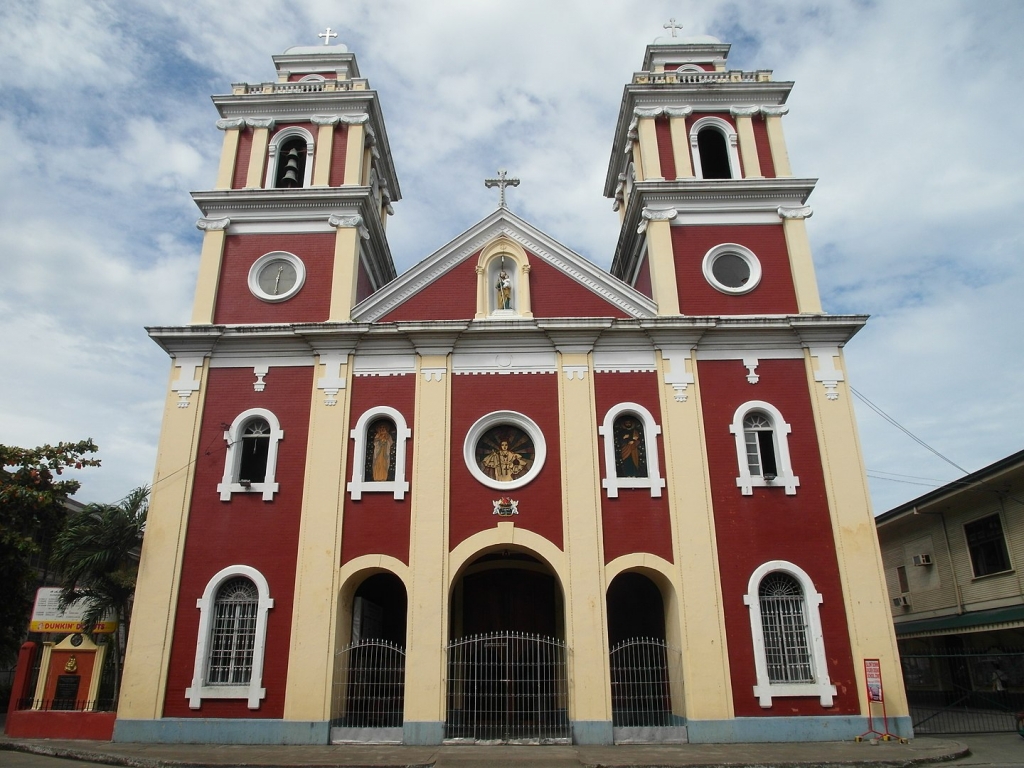
San Jose Placer Parish Church
The San Jose Placer Parish Church or the San Jose Church is the first church in Plaza Libertad, Iloilo City. Over time and wars, the church changed hands, but it was initially built by the Jesuits in 1607. Then in 1617, the Augustinians came in and established San Jose as a house of the order.
Prominent for its deep red exterior, the church carries the Corinthian style in its columns and a gothic touch in its altar. More fortunate than the Molo Church, the San Jose Church managed to avoid bombings during World War II. Further renovations during the 1980s also preserved the church and protected its treasured image of the Nuestra Senora del Rosario.
To date, the church is one of the few remaining parishes under the Augustinians in the country.
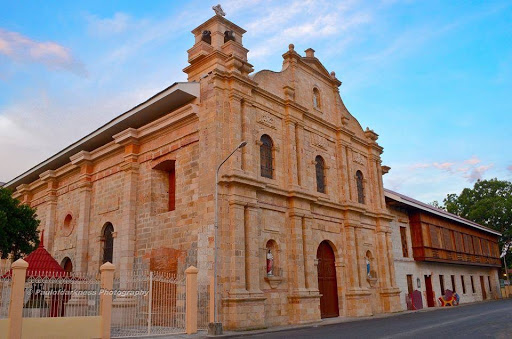
Santa Barbara Parish Church
Beyond the city area, Iloilo holds so much more churches to treasure. One of them is the Santa Barbara Parish Church or simply the Santa Barbara Church.
Built in 1845, the church carries the Baroque Renaissance architecture with neoclassical touches in its facade and interiors. Upon entering, devotees and churchgoers are greeted by its intricate altar, more elaborate than its outer design. Another notable characteristic of the church is its Spanish-colonial elements and L-shaped convent with balconies that reflect the heydays of Hispanic colonization in the region.
Santa Barbara is home to one of the key revolutionaries of Panay, General Martin Delgado. Because of this, the church became a symbol of faith and the anti-Spanish revolution. During Delgado’s time, the church served many purposes, from a general headquarters to a military hospital. As a result, one of the church’s outer walls carries a carved mural of the important stories of revolutions in Iloilo, featuring Molo and Jaro.
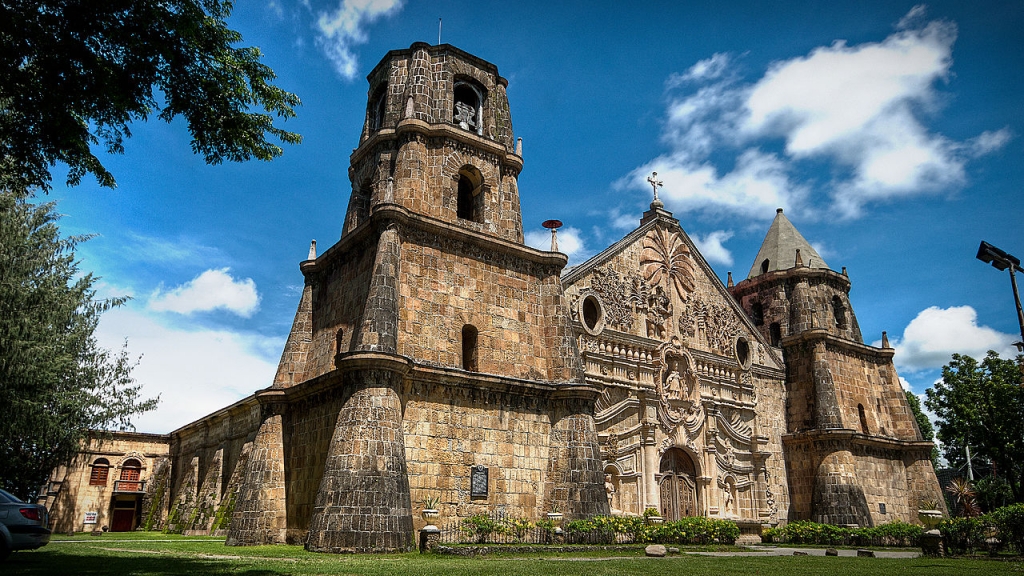
Miag-ao Church
Your church pilgrimage in Iloilo is not complete without stopping by the famous Miag-ao Church. The Miag-ao Church, or the Church of Saint Thomas of Villanova, is a Roman Catholic parish that serves as one of Iloilo’s heritage icons. It is most recognizable for its facade, which features a relief often described as imposing. But this same exterior remains one of the best examples of Baroque-style churches in the Philippines. In fact, these characteristics make the Miag-ao Church an architectural gem that is now part of UNESCO’s World Heritage Sites list.
Another interesting thing about the Miag-ao Church is that its design is not a product of a singular period. The church is a fruit of the “indigenization” process, incorporating Hispano-American, Medieval Spanish, Muslim, and Chinese architecture and influences. The result is a church that is a collage of many periods—a Philippine Church that is brimming with native touches.
Iloilo is a land with many gems and wonders, and these churches are just the tip of the iceberg of the culture that awaits you here. Find more reasons to live in Iloilo and settle down in a home that keeps you close to its best offerings, like Camella Savannah.

Live a premium life in Iloilo!
Check out Camella’s house and lot for sale in Camella Savannah in Iloilo.


